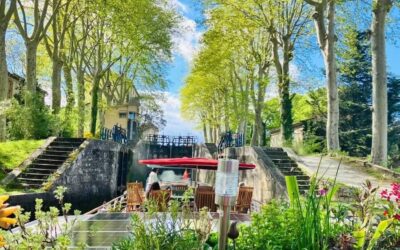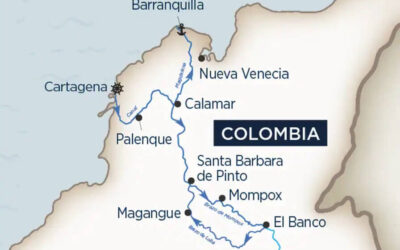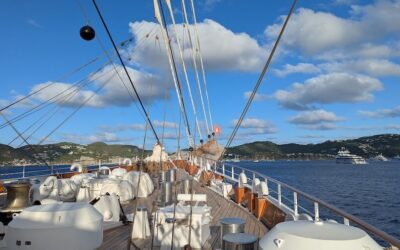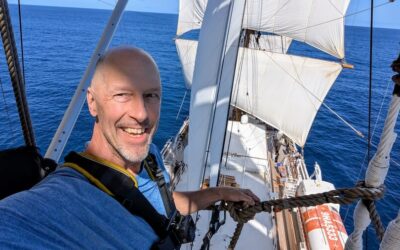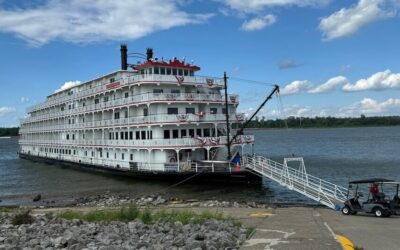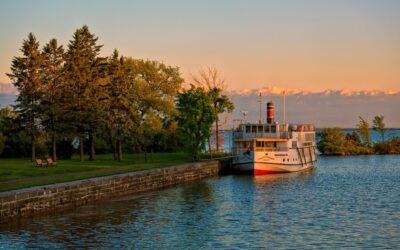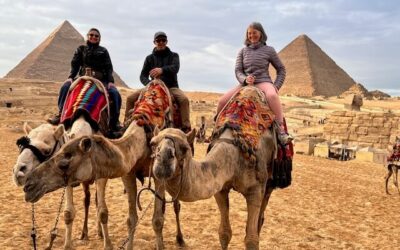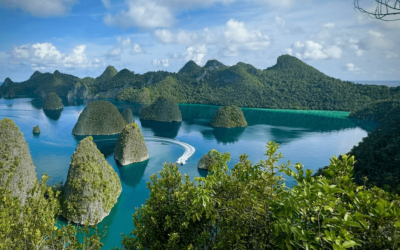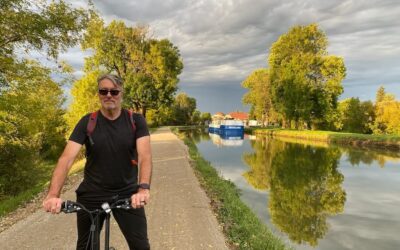By Ted Scull.
The geography and nomenclature of Mexico south of the California border is a bit confusing. Most people know the term Mexican Riviera, the name for the country’s popular west coast cruising region dotted with cruising and jet-set resort ports.
Further west is Baja California, a skinny, 700-mile-long peninsula separated from the main part of Mexico by the Gulf of California or the Sea of Cortés — named after Hernando Cortez, 16th century Spanish conqueror of Mexico.
Cabo San Lucas, where I embarked, is located at the very southern tip of the state of Baja California Sur. Beyond the burgeoning condos, time-shares, hotels, and marinas is a largely pristine region comprising semi-desert coastal, island, and mountain settings that are full of wildlife on land, in the air and beneath the sea.
Probably the best-known person to bring the Sea of Cortés to the reading public is John Steinbeck who, with his friend Ed Ricketts, chartered a fishing boat in 1941 to spend six weeks cruising the Baja California peninsula. He recorded his exploratory voyage in a book that was later published as The Log from the Sea of Cortez.
Much of the landscape and wildlife is still there, virtually as he saw it, while development has changed the picture of San Lucas, Steinbeck’s “sad little town” to one experiencing out-of-control development.
Cabo San Lucas
For big-ship cruise passengers, the call at Cabo San Lucas may be a squeaky-clean change from some of the sprawling, ragtag metropolises visited elsewhere on the Mexican coast; but for expedition cruisers, Cabo is more like — when do we get out of this tourist trap and into nature? I fell into the latter category embarking for a week’s cruise on an early afternoon in late January.
Note: The small ship that I traveled aboard no longer makes this cruise and has been replaced by another similar vessel.
The marina was tightly-packed with private yachts, excursion vessels and a few remaining fishing boats, and completely enveloped by tourist shops, bars and restaurants. If not for a few poor Mexicans seated on the pavement quietly hawking their wood carvings and jewelry, this could have been any port in the semi-tropics.
As this cruise itinerary is more active than some, the passengers, largely American, were younger than average, with about one quarter aged 40 or below, while most others were just one side or the other of retirement.
We had a staff of four naturalists, two men and two women, three Americans and one Mexican, the latter a delightful man named Paulino from La Paz. He added local cultural knowledge to the other disciplines involving wildlife.
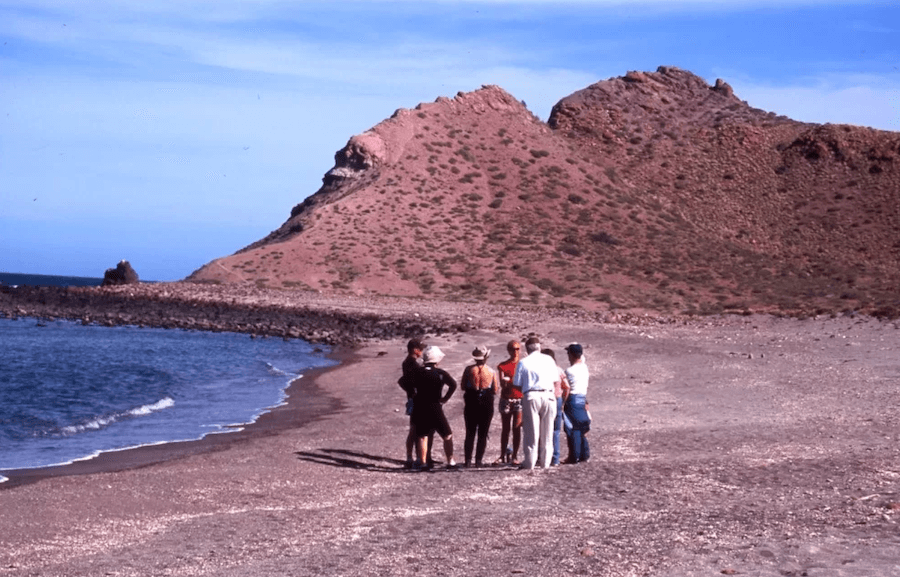
The beautiful landscape of the Sea of Cortes. * Photo: Ted Scull
Setting Off
Before sunset, we were away to hug the rocky coast passing close to bird rookeries before moving into the open sea. A young humpback whale breached nearby several times, and others plowed along the surface revealing their heavily barnacled bodies.
The forward observation lounge, rimmed by large windows, gave protection from the elements — mostly breezes and cool temperatures — while affording a clear view to the horizon. If a pod of dolphins appeared, one only had to open the door and step out onto the foredeck.
Passengers gathered convivially in the lounge before dinner to hear from the naturalists about the post-dinner program, what activities were planned for the next day, and to join in on a recap of the current one.
Day began with a wake-up breakfast call around 7 a.m. after which the day’s excursion, included in the cruise fare, usually began by embarking into the DIBs (Demaree Inflatable Boats) or a bus about 8:30 to 9:00 a.m., with a return for lunch.
First Landing
Our first landing, one of three beach days, was Isla Espiritu Santo, a 23,383-acre island owned since 2003 by the Nature Conservancy. I piled everything I would need ashore into a netted sack — snorkeling gear, wet suit, water bottle, sun screen, and camera — and joined a group of ten for the short tender-ride and a dry landing on a sweeping three-mile-long crescent beach backed by rocky hillsides.
The efficiently arranged onshore setup provided beach chairs, snacks and drinks, kayaks, and an area marked for snorkeling. With waters temperatures in the high 60s, most donned wet suits, and the rewards on this first day were coronet fish, damselfish, eels, urchins, king angelfish, Mexican goatfish, puffer fish, rainbow wrasse, and sergeant major — to name a few. Identification guides were available on the beach, and a list of fish, mammals, and birds spotted each day was compiled and posted on the bulletin board. On the last day, the complete wildlife list made a jolly nice souvenir.
Twenty minutes was just about enough time to spend in coolish water. Beach exploration has been a favorite pastime since I was a kid on Nantucket, so my new Japanese friend and I headed along the shoreline beach to a distant headland. The hard sand near the waterline provided the best footing, but the higher, softer band had the shell deposits. We collected a few colorful conches to bring back for the display table (nothing is permitted to be taken from the island).
At the far end, a rocky outcropping was alive with Sally Lightfoot crabs, the males exhibiting red, orange, green, and mahogany brown shells, a colorful contrast to the black shelled females. The crabs moved in unison with our approach. If we approached slowly, they slid gently away; if we gave a bit of an aggressive lurch, they quickly shot for cover in the rocks or over the edge just out of sight.
Off shore, a sardine boat was quietly resting at anchor, its horizontal rigging lined with brown pelicans patiently waiting for the nets to be swung out. Nothing was happening now, as the fishermen were fast asleep waiting for dark.
A Hike Island
After lunch we joined Paulino for a nature walk inland over a semi-arid landscape. The tall cactus that we thought we recognized as suguaro was, in fact, cardon, a cactus cousin. The landscape was greener than normal as heavy rains had fallen a few weeks back turning the arroyo (dry creek bed) into a raging stream rampaging down the hillside. Many plants had blossomed with tiny, red, white, and blue flowers, but species not well rooted had been swept aside.
Some 11,000 years ago, Baja California had the look of a lush rainforest populated with mastodon and saber-tooth tigers. Now most of the land animals are small and elusive, hidden from the mid-afternoon sun amongst the sheltering rocks. Nearly 60 species of rattlesnakes live in the region, some without rattles, as these island dwellers once had no natural enemies needing to be frightened.
To The Pacific Ocean
While we saw gray, humpback and sperm whales daily in the Sea of Cortés, the best sightings came along Baja California’s Pacific side at Bahia Magdalena. Arriving at the semi-hidden harbor of Puerto Escondido at sunrise, we boarded buses for the two-hour ride that began with a steep climb up over the impressive Sierra de la Giganta, a rugged geologic uplift, to then glide down a sloping plain to Bahia Magdalena, largely sheltered from the Pacific breakers by sand spits and barrier islands.
Gray whales come south from Alaska in winter to mate and calve here, and from January on the females and calves are present and visible, more so than the males who stay near the bay’s entrance. As the winter progresses, the mothers — some 40 feet long, and even more — get used to human visitors embarking in pangas (fishing dinghies powered by outboards) to seek a rendezvous. During our morning foray we got within 25 feet of six cruising pairs, but they were not yet ready to ease up to the side of the boats, as pictures in the brochures showed. That would begin to happen in a few weeks.
The returning pangas glided past mangroves and sand dunes, revealing male frigate birds sitting on tree branches puffing up their bright-red throat pouches to attract the females. On the drive back, we spotted osprey-inhabited nests evenly spaced atop telephone poles lining the highway.
Isla San Francisco provided a second island landing. A cross-isthmus hike skirted several salt pans, depressions in the sand that once allowed salt (used for fish preservation) to accumulate after the water receded. A steep cliff on the far side revealed pockets of oxidized iron ore and quartz, producing a variety of colors glinting in the sun. Paulino took us up a narrow rim path that skirted the cliff edge with the sea below on one side and a steep slope dropping off on the other. From the highest points numerous whales spouted a half mile offshore.
Just after dawn one morning, the bridge watch announced a large pod of common dolphins approaching, and they frolicked alongside the ship for 20 minutes before, in an instant, disappearing. Every evening offered spectacular sights from the Sun Deck. With only a half moon in the night sky, the constellations were dead easy to pick out, such as the handle of the Big Dipper pointing downward to the sea.
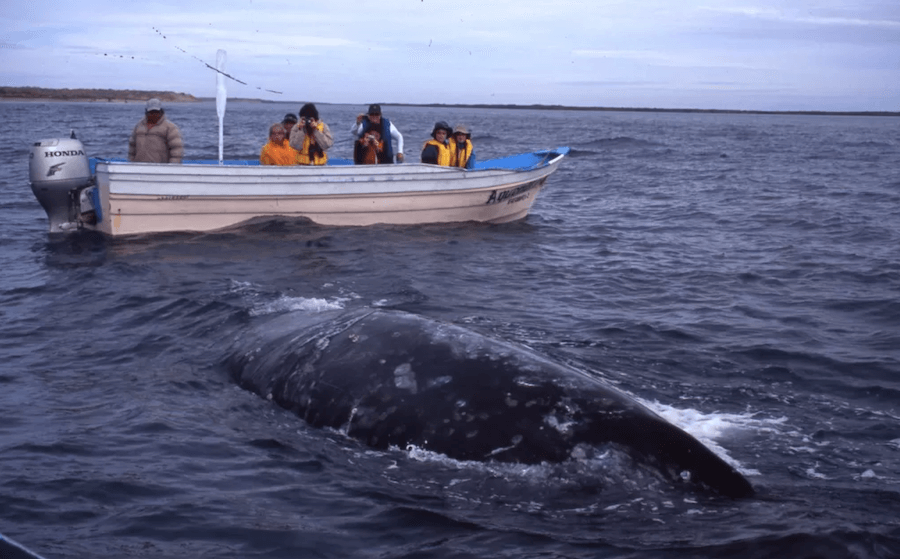
Spotting grey whales up close. * Photo: Ted Scull
Loreto: First Spanish Mission
Our first town visit came on day five at Loreto, established in 1697 as the pioneering Spanish settlement in Baja California. This Jesuit mission became the mother of all missions that were sited as far north as Sonoma in Northern California. After a devastating hurricane leveled Loreto in 1829, the center was moved south to La Paz, the present capital of Baja California.
Loreto eventually rebuilt the church and mission we see today, and the adjacent museum houses some of the more precious artifacts, especially religious paintings and statues. We listened to hymn-singing then retired to the courtyard for more secular music by an adult brother and sister and a winsome 14-year-old guitarist and singer.
In the afternoon I joined a bird-watching foray into a marshy area at the edge of town and next to the sea. With the aid of our guides’ eagle eyes, we spotted tiny Costa’s and Xanthus hummingbirds, vermilion and ash-throated fly catchers, mockingbirds, hooded and Scott’s orioles, snowy and great egrets, yellow crowned and great blue herons, and red-tailed hawks. We also delighted in watching a pair of brown pelicans flying high above the sea, then in unison dive like B52 bombers, fold their leg back and disappear briefly, to suddenly reappear, each with a fish; the pelicans would drop the fish into their throat sacks, then fling their heads back to swallow.
Off Los Islotes, on a jagged seamount plastered with white guano from gulls and boobies, male sea lions sprawled over the rocks just above the water while the more playful females and juveniles frolicked in the sea. While we had planned to don our gear to swim with them, strong winds blew up overnight making the waters too rough, so we pushed onto La Paz.
The Big City
The ship tied up to the dock in front of the low-rise city of about 200,000 spread out before us. The waterfront malecon, lined with iron benches and a modern sculpture display, provided a diversion while we walked inland a few blocks. We first came to a local produce and clothing market and then walked past the mid-19th-century cathedral topped with early 20th-century twin towers.
On the last afternoon, our group gathered at the Los Arcos Hotel for a Mexican fiesta. Entertainment was provided by a band and four dancing duos of continually-costume-changing high school students, as we munched on salsa, guacamole and tortilla chips, washed down by pitchers of margaritas.
After reboarding the ship, we enjoyed an overnight sail south to Cabo San Lucas where, as we debarked for the transfer to the airport, the hordes began arriving from two large cruise ships anchored offshore. The abrupt return to civilization was in sharp contrast to the remote nature of three of the previous six days, when we had been out of sight of any human habitation, much in the manner that John Steinbeck had experienced three-quarters of a century ago before our own brief expedition.
RELATED: And here’s John Robert’s review of an UnCruise Sea of Cortez adventure.
RELATED: Here’s a review of a memorable Baja cruise with Lindblad Expeditions.
Hope You Enjoyed This Dive into the Sea of Cortez!
For nature lovers and adventurous travelers — who have their sea legs ! — a Sea of Cortez cruise should be on your bucket list!
Don’t miss a post about small-ship cruising, subscribe to QuirkyCruise.com for monthly updates & special offers!
© This article is protected by copyright, no part may be reproduced by any process without written permission from the author. All Rights Reserved. QuirkyCruise.com.

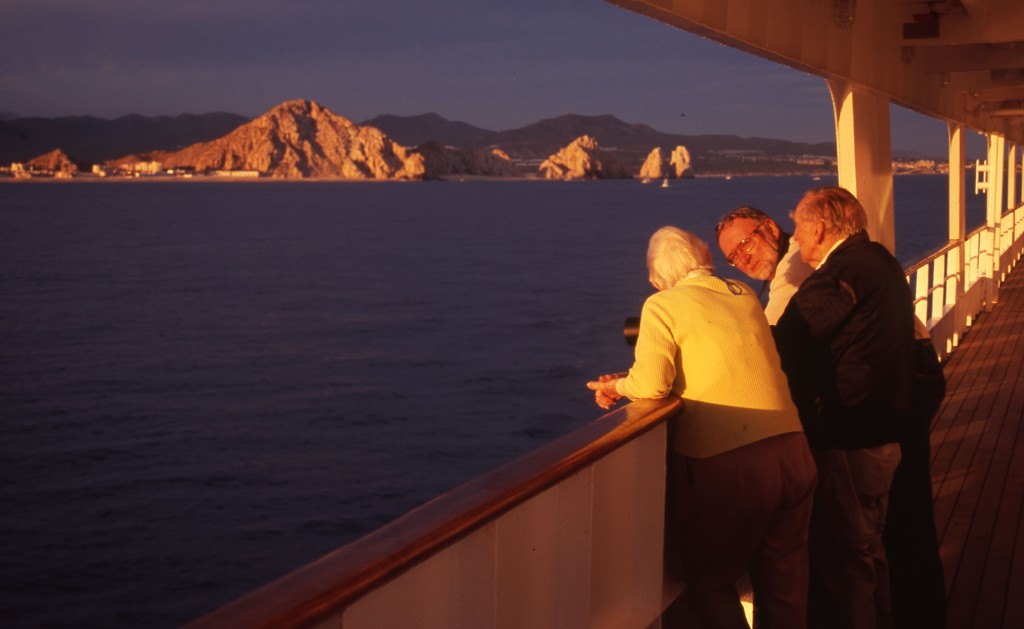
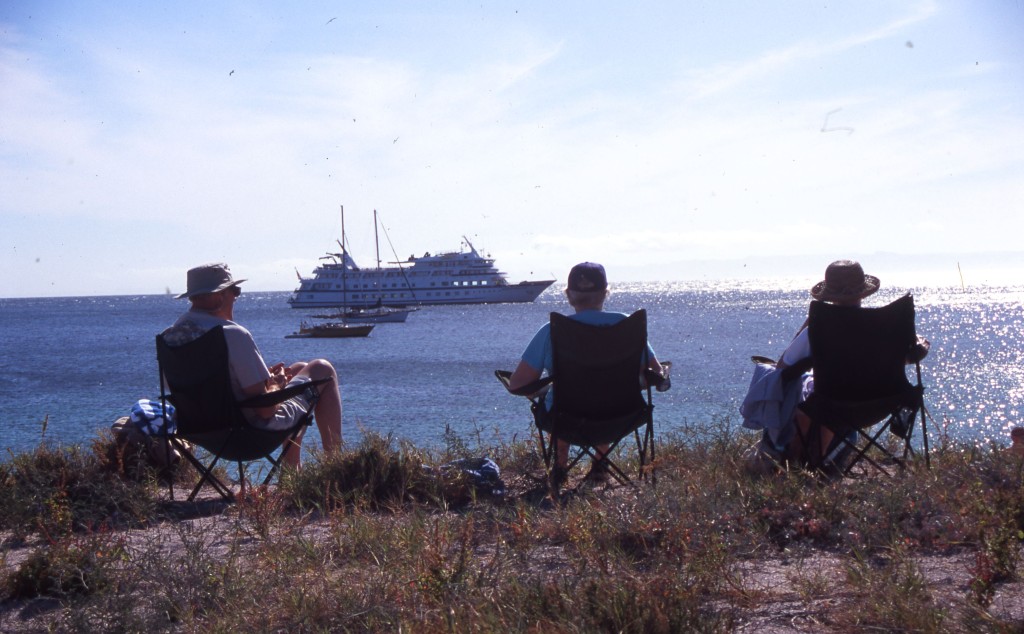
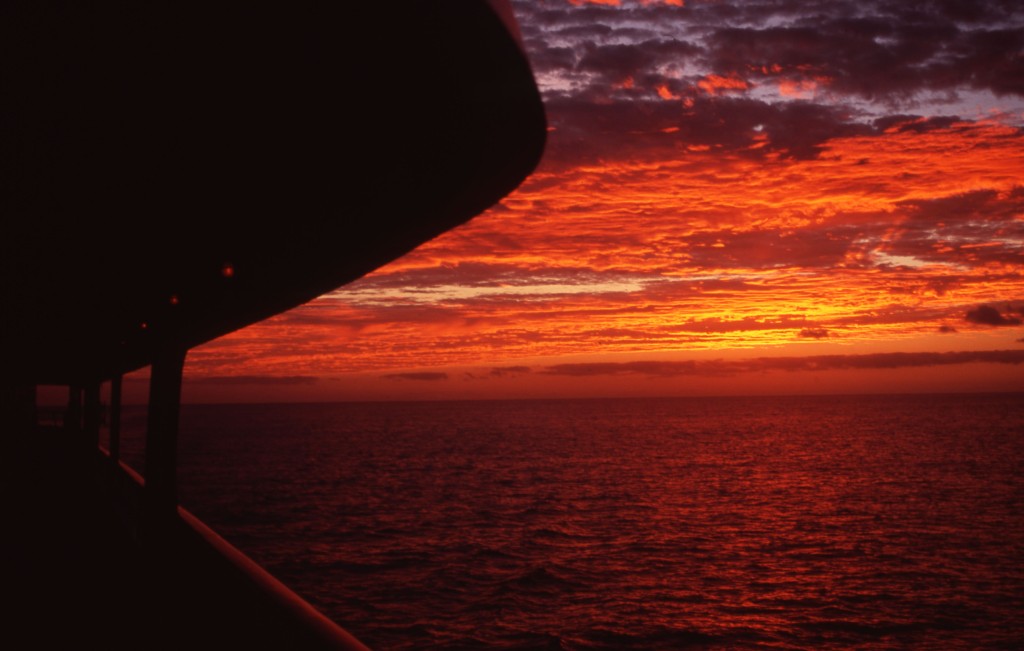
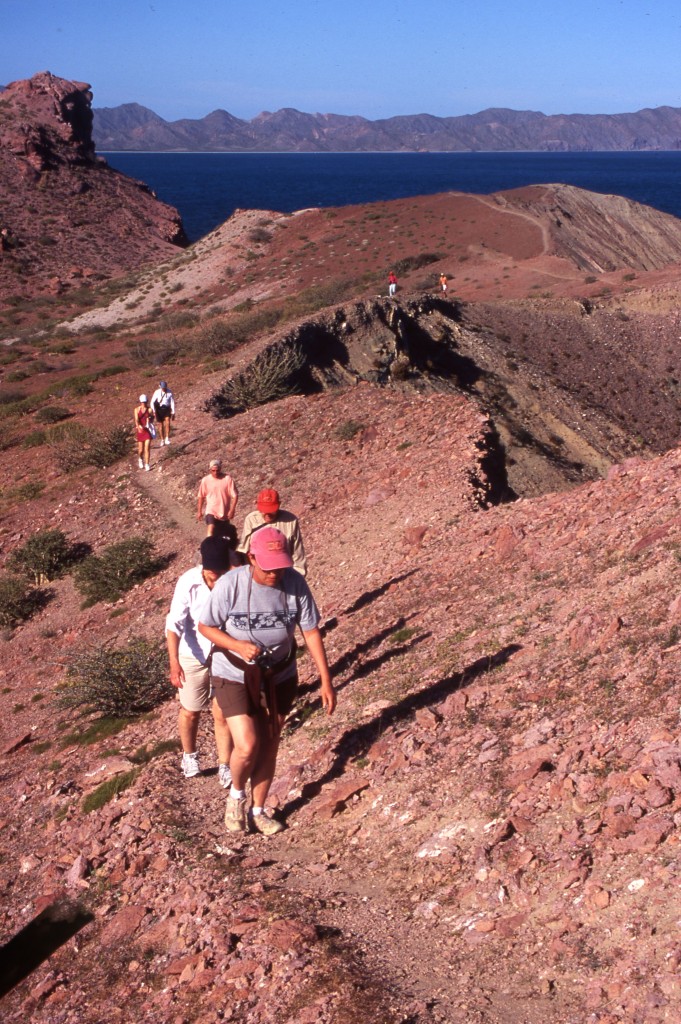
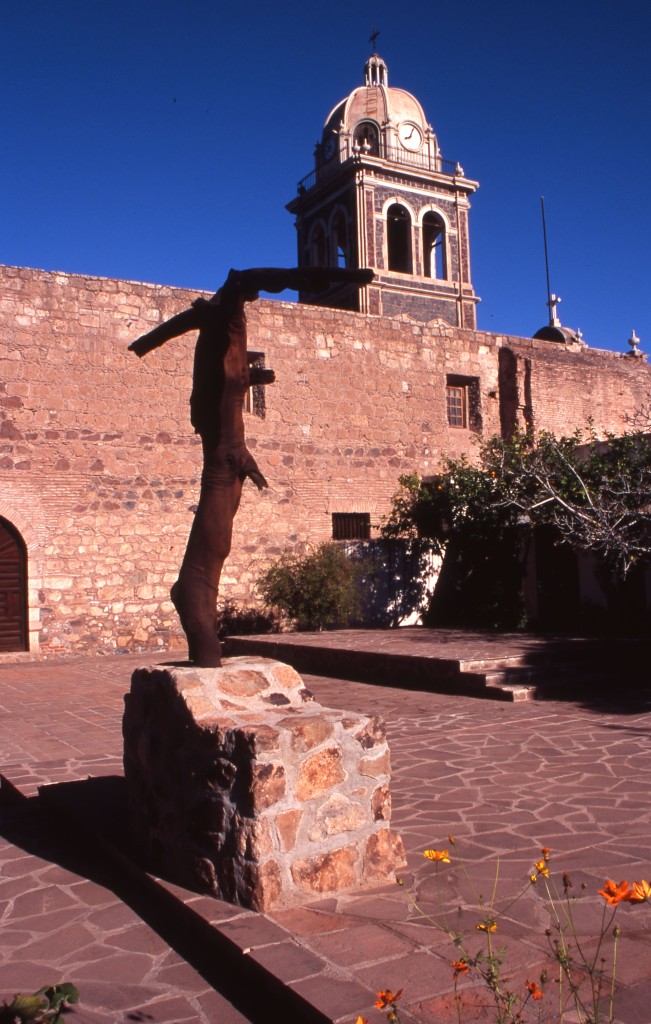
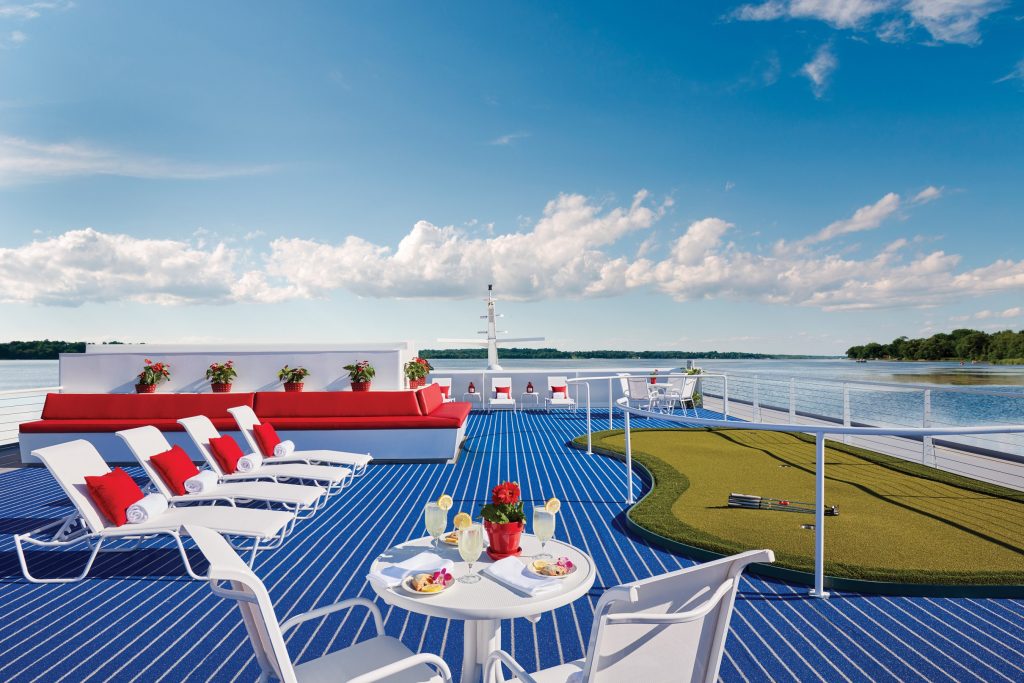
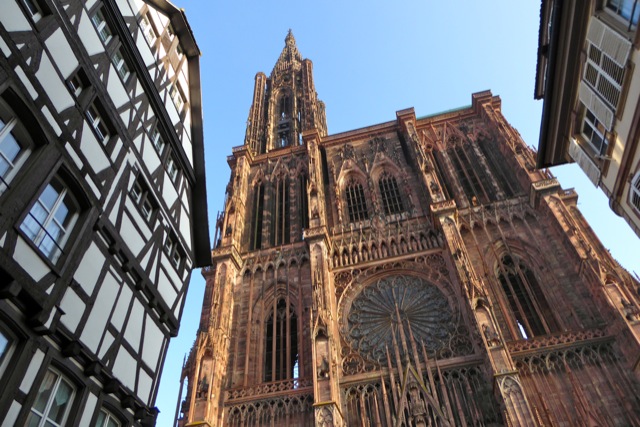
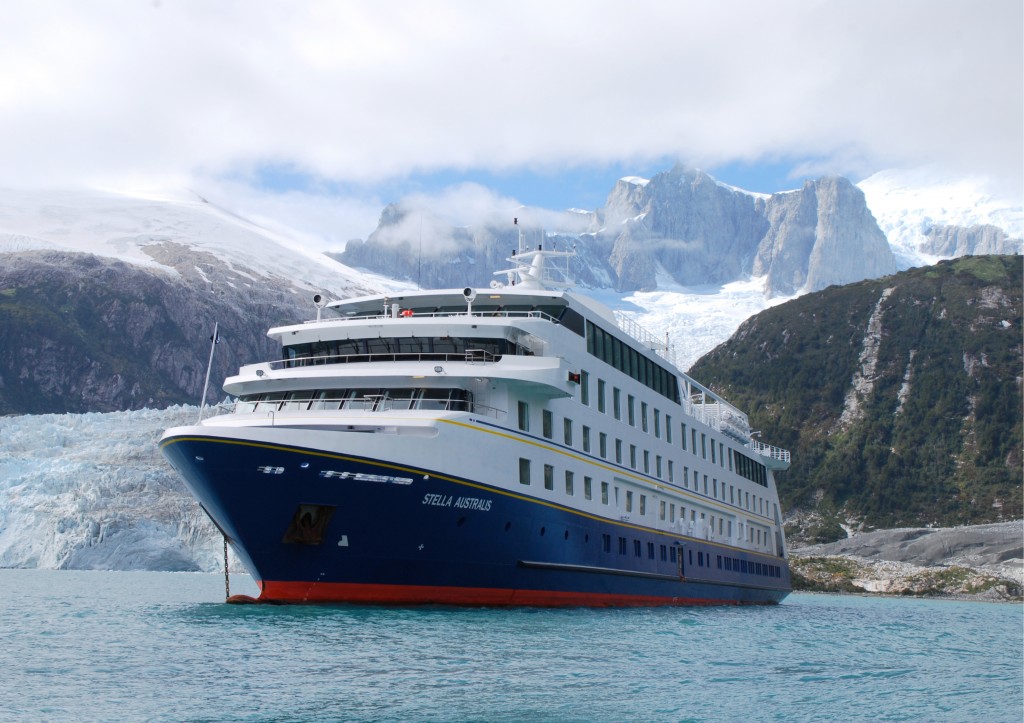
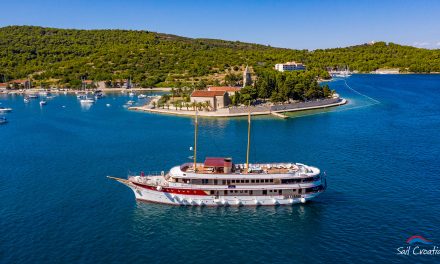
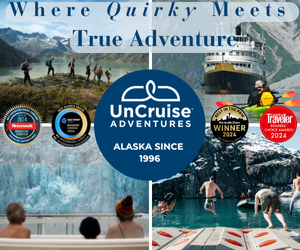
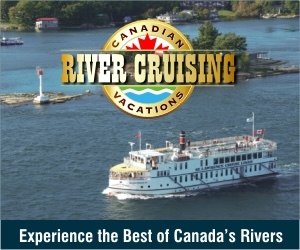

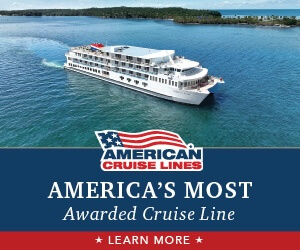




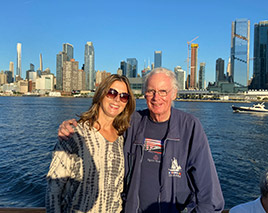 HEIDI SARNA
HEIDI SARNA
